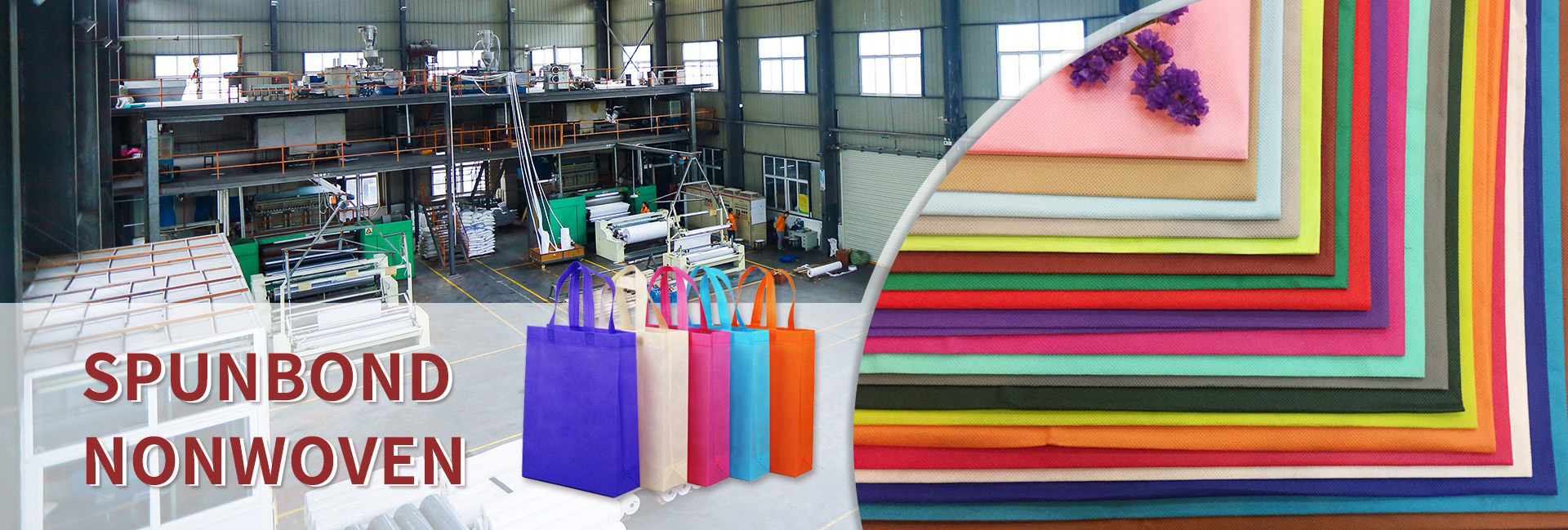Printed non-woven fabric is a young and promising emerging field in the textile industry. China’s non-woven fabric industry started relatively late, but has developed rapidly. In the early stages of development, non-woven fabrics were mainly used in the clothing industry as auxiliary materials. With the rapid development of social economy and science and technology, new products and technologies for printed non-woven fabrics are constantly emerging and changing, with an increasingly wide range of applications. Next, I will introduce to you the classification of printed non-woven fabrics.
What is printed non-woven fabric?
Printed non-woven fabric, also known as non-woven fabric, impregnated cotton, needle punched non-woven fabric, etc., is made of polyester fiber and polyester fiber (PET) materials, and is produced through impregnation technology. It has various thicknesses, hand feel, hardness, and more. Next, I will introduce printed non-woven fabrics to everyone. Printed non-woven fabrics have the characteristics of moisture resistance, breathability, flexibility, lightness, flame retardancy, non toxicity, low cost, and recyclability. Can be used in various industries such as sound insulation, heat insulation, electric heating plates, masks, clothing, medical, fillers, etc
Classification of printed non-woven fabrics
According to application requirements, printed non-woven fabrics are divided into two categories: disposable and durable. According to the production process, it can be divided into the following parts:
1. Sponge printed non-woven fabric: Sponge technology is to spray high-pressure fine water onto one or more fiber webs, causing the fibers to entangle with each other, making the fiber webs strong and possessing a certain strength. (David Asher).
2. Heat sealed printed non-woven fabric: Heat-bonded non-woven fabric refers to the addition of fibers or powder melt bonded reinforcement materials on the fiber web, and the fiber web is reinforced with fabric by heating, melting, and cooling.
3. Tent airflow is made of mesh printed non-woven fabric: Non woven fabric with airflow made of mesh can be called dust-free paper, and dry paper can also be called non-woven fabric. Using air flow grid technology, the wooden fiberboard is relaxed to a single fiber state, and then the air flow method is used to condense the fibers on the mesh curtain, and the fiber mesh is reinforced with cloth.
4. Wet printed non-woven fabric: Wet printed non-woven fabric relaxes fiber raw materials placed on an aqueous medium into single fibers, and mixes different fiber raw materials to make a fiber suspension. The floating grass is transported to the web forming mechanism, and the fibers are made into a web in a damp state, which is then reinforced with cloth.
5. Adhesive printing non-woven fabric: Spinning non-woven fabric is formed by extruding and stretching polymers to form continuous filaments, which are then laid into a mesh. The fiber mesh is then subjected to self-adhesive, thermal bonding, chemical bonding, or mechanical reinforcement methods to become non-woven fabric.
6. Melt blown printed non-woven fabric: The process of melt blown non-woven fabric includes polymer supply, melt extrusion, fiber formation, fiber cooling, mesh, and reinforced fabric.
7. Needle printed non-woven fabric: Needle printed non-woven fabric is a type of dry non-woven fabric that uses the puncture effect of needles to reinforce the fluffy fiber web with fabric.
Dongguan Liansheng Non woven Technology Co., Ltd. was established in May 2020. It is a large-scale non-woven fabric production enterprise integrating research and development, production, and sales. It can produce various colors of PP spunbond non-woven fabrics with a width of less than 3.2 meters from 9 grams to 300 grams.
Post time: Apr-28-2025

